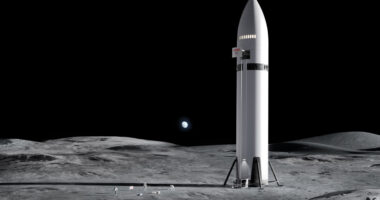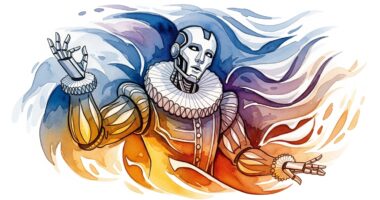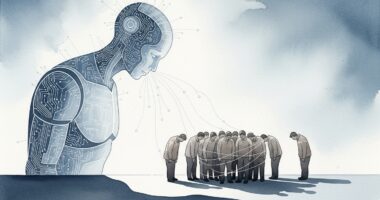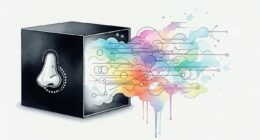Scientists have discovered that mice and artificial intelligence systems independently develop virtually identical methods for learning cooperation, revealing fundamental principles that bridge the gap between biological and artificial intelligence.
UCLA researchers found that both biological brains and AI neural networks developed similar behavioural strategies and neural representations when coordinating actions, suggesting universal computational principles underlying cooperative behaviour.
The research team trained pairs of mice to coordinate actions within increasingly narrow time windows of just 0.75 seconds to receive rewards, while simultaneously training AI agents on similar cooperation tasks in virtual environments.
Mice developed three key behavioural strategies: approaching their partner’s location, waiting for partners before acting, and engaging in mutual interactions before making decisions. These behaviours more than doubled during training as cooperation skills improved.
“We found striking parallels between how mice and AI agents learn to cooperate,” said Weizhe Hong, the study’s senior author and professor in the UCLA Departments of Neurobiology and Biological Chemistry. “Both systems independently developed similar behavioural strategies and neural representations, suggesting there are fundamental computational principles underlying cooperation that transcend the boundary between biological and artificial intelligence.”
Brain imaging revealed that neurons in the anterior cingulate cortex encoded cooperative behaviours, with better-performing animals showing stronger neural representations of partner information. When researchers inhibited this brain region, cooperation decreased substantially.
The AI agents remarkably developed identical strategies to the mice, including precise waiting behaviour and action coordination. Both biological and artificial systems organised into functional groups that enhanced responses to cooperative stimuli.
“Understanding cooperation is crucial for addressing some of society’s biggest challenges,” Hong added. “By studying how both biological brains and AI systems learn to work together, we can better understand the neural basis of human social behavior while also creating more collaborative artificial intelligence.”
The research builds on Hong’s broader programme examining prosocial behaviour, including recent studies on inter-brain neural dynamics and helping behaviour regulation.










